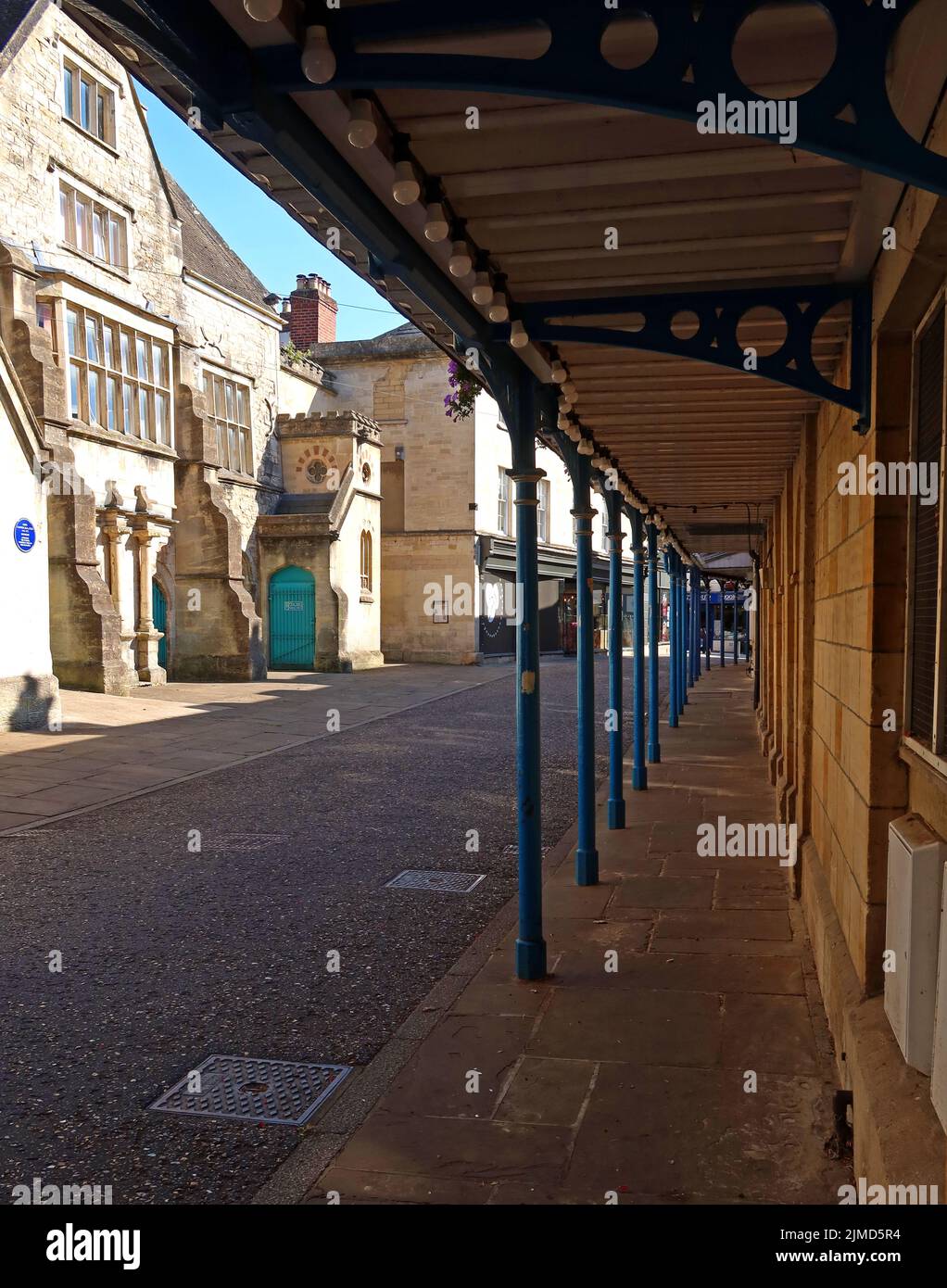Old Town Hall, municipal building, The Shambles, Stroud, Gloucestershire, England, UK, GL5 1AP

Image details
Contributor:
Tony Smith / Alamy Stock PhotoImage ID:
2JMD5R4File size:
48.4 MB (2 MB Compressed download)Releases:
Model - no | Property - noDo I need a release?Dimensions:
3648 x 4640 px | 30.9 x 39.3 cm | 12.2 x 15.5 inches | 300dpiDate taken:
3 August 2022Location:
The Shambles, Stroud, Gloucestershire, England, UK, GL5 1APMore information:
The Old Town Hall is a municipal building in The Shambles, Stroud, Gloucestershire, England. The town hall, which was the headquarters of Stroud Urban District Council, is a Grade II* listed building. Following the granting of a charter to hold markets in 1594, the lord of the manor at Over Lypiatt, John Throckmorton, decided to commission a market hall; the new building was designed in the neoclassical style and completed in 1596. The original design involved a symmetrical main frontage with four bays facing onto the Market Place; it was arcaded on the ground floor to allow markets to be held; an assembly room with a large oriel window was established on the first floor. The building was first used for municipal purposes as a meeting place for the local vestry in the early 19th century. It was extended to a design by Francis Niblett to accommodate the county court in 1851 and, after becoming the offices of the local board of health, it was remodelled in the gothic style with a large gable containing mullion windows erected above the two central bays in 1856. In order to improve the stability of the building, large buttresses, flanking the two central bays, were installed on the front of the building in 1890. After significant population growth, partly associated with the number of dye works in the town, the area became an urban district with the town hall as its headquarters in 1894. Following an increase in the responsibilities of the council, civic leaders acquired the former offices of the Gloucester Banking Company in the High Street in 1930; the High Street building was converted for municipal use and was subsequently referred to as the "Council Chambers". Although most council officers and their departments moved to the new Council Chambers in the High Street, some departments, including the technical services department, remained in the old building. The old town hall remained in municipal use even after the enlarged Stroud District Council was formed